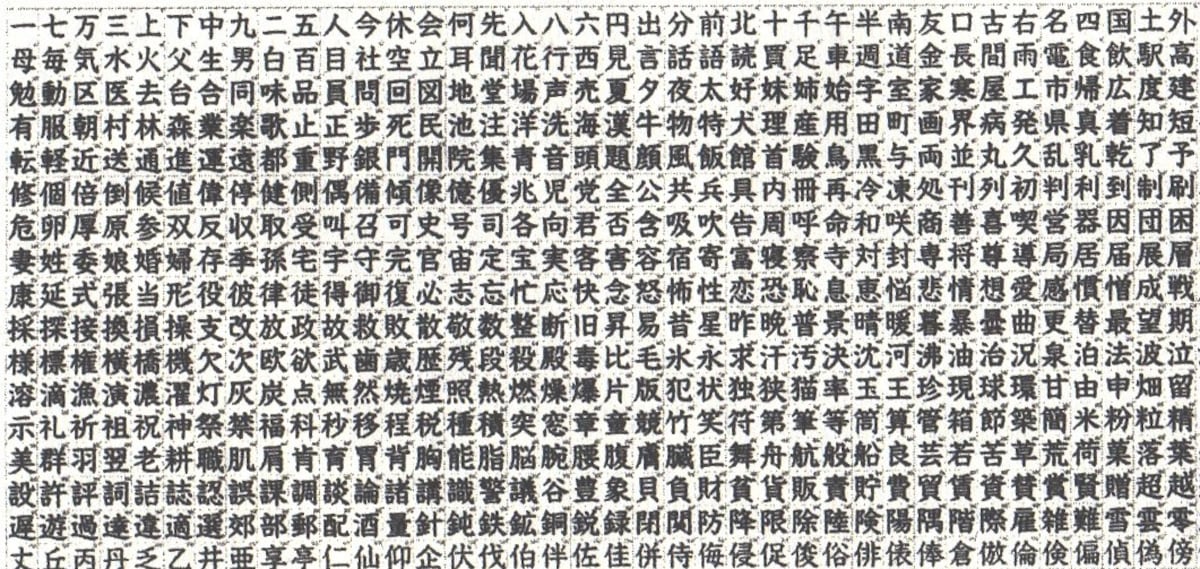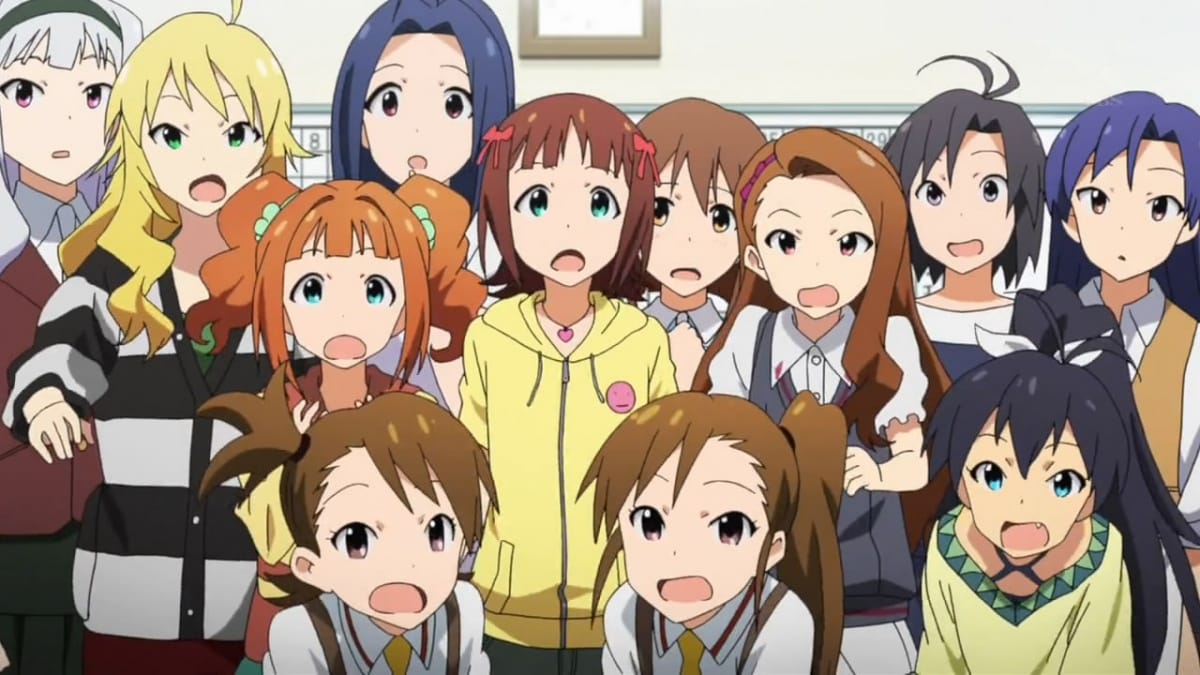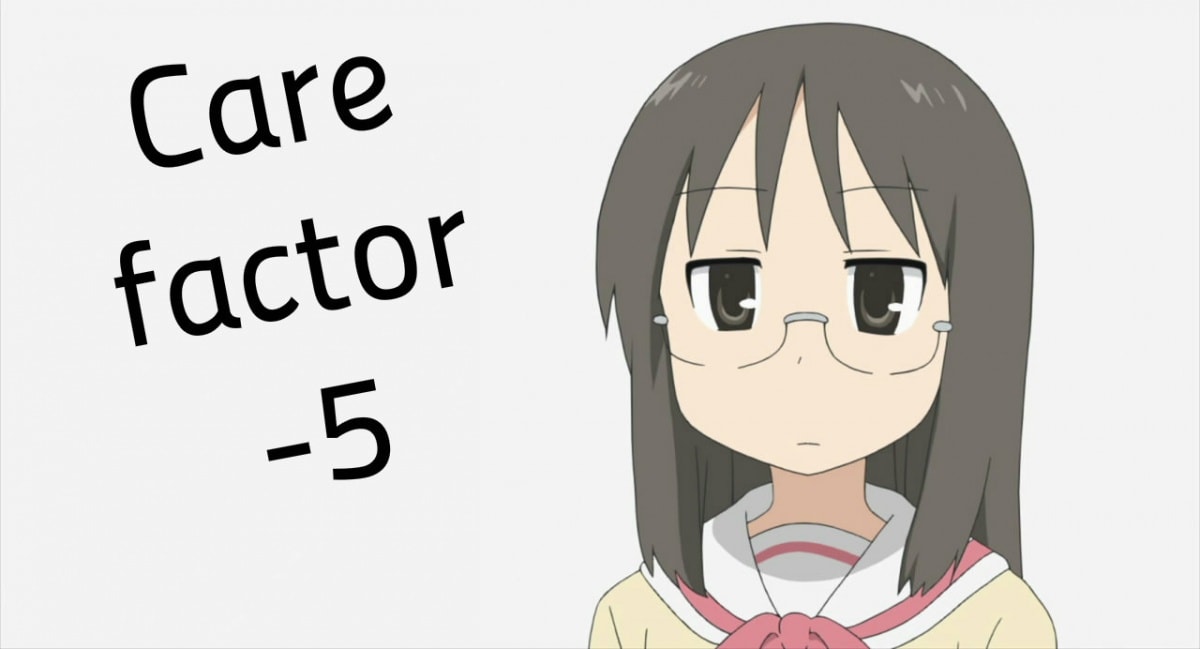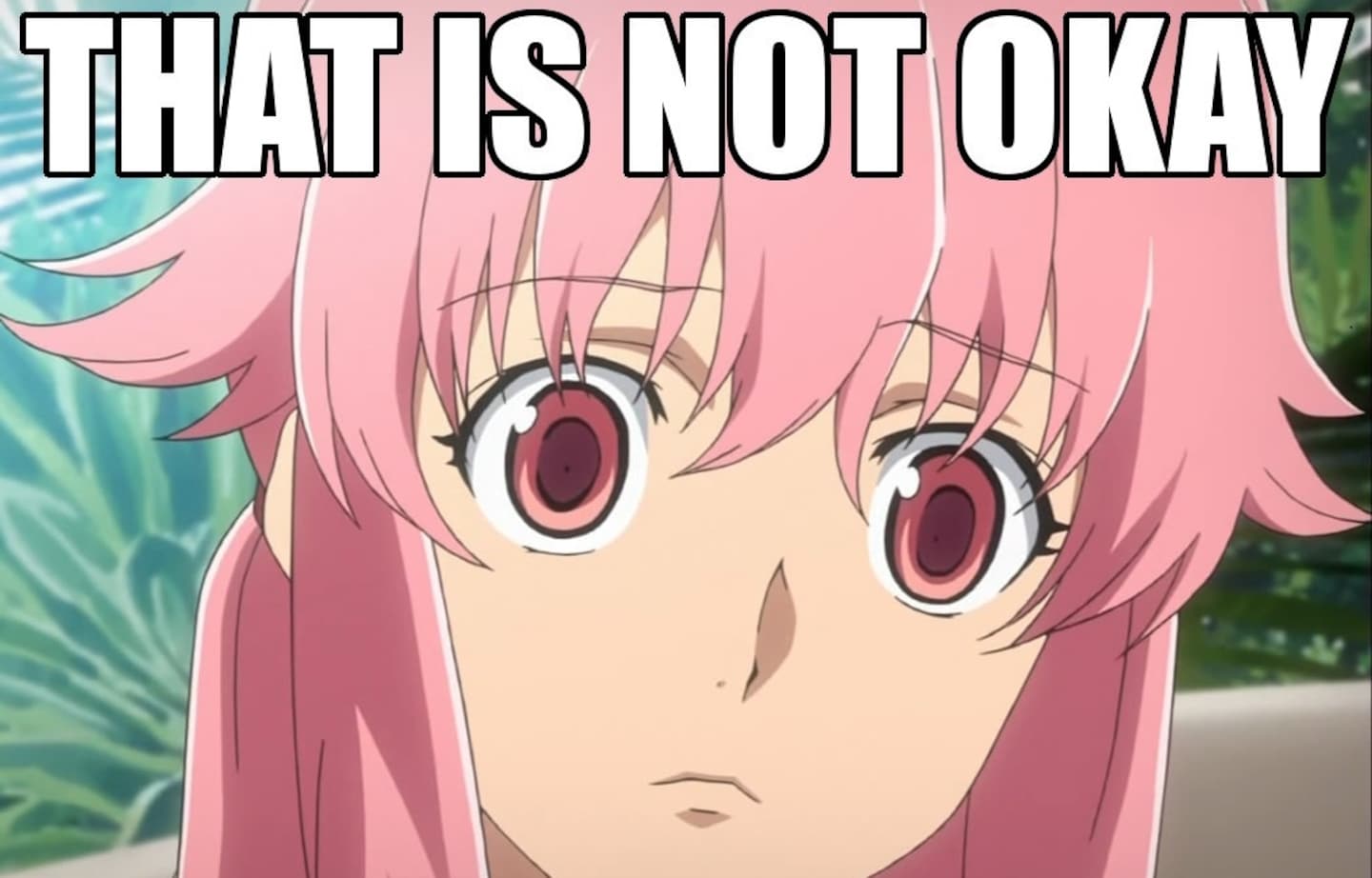5 Reasons the Japanese Language is Crazy
There’s lots of “crazy” Japanese stuff on the internet, but most people probably don’t know that the language itself is a little unhinged. Why? Well, despite having a fundamentally simple set of rules—verbs aren’t conjugated by subject, and there are only four tenses to worry about—2,000 years of development has left a pretty big linguistic jumble.
By Michael Kanert5. You Need 2,000 Kanji to Read a Newspaper

https://easstudent.wordpress.com/2011/05/31/learning-kanji-using-shorter-sentences-to-study-more-efficiently/
Starting from the first grade, Japanese people learn 1,006 kyoiku (education) kanji in elementary school. This is followed by another 1,130 kanji in junior high and high school, combining to make up the 2,136 joyo (regular-use) kanji you need to know for daily life in Japan. This is where most people stop, though the average Japanese person will also pick up a number of additional kanji used in the names of people and places.
True kanji fans can take the Japan Kanji Aptitude Test, better known as the Kanji Kentei or Kanken, which will probe examinees on their knowledge of a whopping 6,355 kanji. By comparison, the Japanese Language Proficiency Test (JLPT), designed for those learning Japanese as a second language, requires learners to know roughly 2,000 kanji for the N1, the highest level of the test, though only 103 kanji are required for the lowest level (N5). Of course, that’s on top of knowing all your hiragana and katakana (see No. 4 below).
4. Japanese Uses 4 Writing Systems At Once
Japan adopted the Chinese system of writing long after the Japanese language had developed. This made for a lot of complicated retrofitting, and the truth is that Chinese characters alone were pretty ill-suited to Japanese grammar. A variety of alternate systems were developed over the ensuing 2,000 years, but rather than replace Chinese characters, these were gradually absorbed into the overall system to make it more logical in one sense, and a whole lot more complicated in another. The result is that day-to-day Japanese is now made up of a combination of four systems of writing, each with a slightly different purpose:
1. Kanji: Complex, multi-stroke, symbolic (technically “logographic”) characters adapted from traditional Chinese. Used for nouns and the roots of adjectives and verbs. While there are typically two or more sounds associated with the Chinese (on-yomi) and Japanese reading (kun-yomi) of each character, knowing which reading to use is a matter of context—and both sounds can be overridden by the overall logographic meaning of a combination of characters.
2. Hiragana: A set of 46 simple, cursive characters used to write Japanese syllables. Used for verb and adjective inflections, for words for which the kanji is obscure or no longer in common use, and by children before they learn kanji.
3. Katakana: A set of 46 simplified, angular characters predominantly used to write the syllables of loan words, or gai-rai-go. Also used for emphasis (similar to italics), and for stylization. Every character in hiragana also exists in katakana, though the katakana wo is almost never used.
4. Romaji: The Latin alphabet. While these characters are seldom used to write Japanese except for effect, that effect happens quite a lot in modern media, and they’re necessary for inputting Japanese on a modern keyboard.
Sound complicated? We’re not done. On top of that, more than half of the katakana and hiragana characters can be further modified by adding two dashes (dakuten) or a dot (handakuten), adding a few dozen more possible sounds.
Then there’s the fact that the way you spell Japanese on a keyboard is slightly different from the way you read it phonetically, which explains why you’ll sometimes see really weird spellings of English words in Japan—not to mention the differences between Hepburn, Nihon-shiki and Kunrei-shiki romanization.
Not complex enough? There are also two additional hiragana and katakana characters, wi and we, that are essentially obsolete and almost never used except for stylistic effect, such as in Yebisu beer (ヱビス) or the stylized title for the Rebuild of Evangelion movies (ヱヴァンゲリヲン)—the latter also being a rare example of the katakana wo (ヲ).
And of course you can’t just learn the shapes of your 2,136 joyo kanji—you also have to know the order in which each stroke is to be laid down, and the direction in which they must be drawn!
3. Japanese Cares About the Length of Your “O”

https://infonochikara.wordpress.com/2011/07/17/the-idolmster-ep-1-minihd/
Hiragana and katakana are each referred to as a “syllabary” rather than an “alphabet” because, aside from the character ん or ン (“n”), there are no consonants that stand alone. This means that, aside from “n,” every single Japanese word must end in “a,” “i,” “u,” “e,” or “o,” and aside from stand-alone vowels, most sounds are composed of vowel-consonant sets: ka, ki, ku, ke, ko.
What this means in practice is that the Japanese language has a very regular, rat-tat-tat meter, with each key syllable having an alternating soft-hard pattern of emphasis that’s tweaked by clipped or elongated vowel sounds.
Case in point: while English speakers tend to say “SAyo-NAra” for a Japanese goodbye, splitting the word into two front-heavy halves, it should actually be a four-part, rhythmic “Sa-YOH-na-RA,” with more emphasis on the second and fourth syllables—made clear when you read it in Japanese (さようなら) to see that the “yo” actually has an elongated “o” sound, indicating that you hang on this particular syllable.
Japanese’s rhythmic meter, soft-hard differentiation and sensitivity to vowel length are also what allow words to be distinguished only by the length of their vowels. For example, obasan (emphasis on the first and third syllables) is the word for “lady” or “aunt,” while obaasan (emphasis on the hanging middle syllable) is the word for “old lady” or “grandmother”—an important thing to get straight when you spot one on the street!
2. Japanese is a Particle Beam
https://www.youtube.com/watch?v=ksU-uViCYuQ
While this might sound like physics, it could fairly accurately be said that Japanese is held together by particles. These sometimes function like prepositions (“to,” “with,” etc.), but are actually much more: particles are short words that indicate the relationship between words in a sentence.
Some particles are easy: ni tends to work like “to.” If you say, ”Watashi ni itte kudasai,” the ni functions as the “to” of “Please say it to me.” On the other hand, no indicates possession: “Watashi no kamera” is “My camera.” No problem.
But then there are wa and ga, which verbally indicate the main topic of a sentence. So you don’t just say “I play tennis” in Japanese; you actually have to say, “I, the topic, play tennis”: ”Watashi wa tenisu wo shimasu,” where wo is yet another particle indicating the object of the sentence (in this case, tennis).
Ga has the exact same function as wa, but serves to draw even more attention to the topic. So if you say, ”Watashi ga tenisu wo shimasu,” you’re saying, “I, in particular (and not someone else who has likely been implied), play tennis.”
Doesn’t sound so bad, does it? And just how many particles could there be, right? Well, check out Nihongo Ichiban below for a whopping 188 of them!
1. Japanese Don’t Care About Grammar

https://53rg10.wordpress.com/2011/04/09/nichijou-resurrection-spell/
The ultimate irony of Japanese is that, in simple day-to-day conversations, 70 percent of the grammar can be thrown out the window. In fact, it’s as unnatural to speak in complete sentences in Japanese as it is to speak without using contractions in English.
This is because Japanese generally aims to avoid stating the obvious—which is also why Google Translate is so awful at dealing with it, since sentences seldom state their subject once it’s been established at the beginning of a paragraph, and most dialogues have no subject at all since it’s obvious you’re most often talking about yourself.
For example, you could formally say, ”Watashi wa kohii ga hoshii desu” (“I want coffee”—or, to be hyper-literal, “I, the topic, want coffee in particular”). But this sounds robotic, and nobody outside a textbook would actually speak this way. We know you’re talking about yourself, so you could just say, ”Kohii ga hoshii desu” (literally, “Want coffee,” or “Want, in particular, coffee”).
That’s more natural. But in Japanese, “want” is not a verb, but an adjective describing your state of being. And who needs to declare their existence with desu, the “to be” verb? A brief ”Kohii ga hoshii” would be the most common way to express this sentiment.
Yet if you’re in a hurry—or perhaps a little grumpy before your morning cup—do you really need to highlight the topic of conversation with ga? Just say ”Kohii hoshii” and you’re perfectly fine, if perhaps a little blunt for polite company. You can even turn this into a question: ”Kohii hoshii?” (“Coffee, want?”) is actually a perfectly fine way to offer a friend a cuppa.
And now maybe you can understand why even Google gets beaten up by the Japanese language. We could probably list a few more reasons why Japanese is nuts, but five nuts is enough for now, don't you think?





